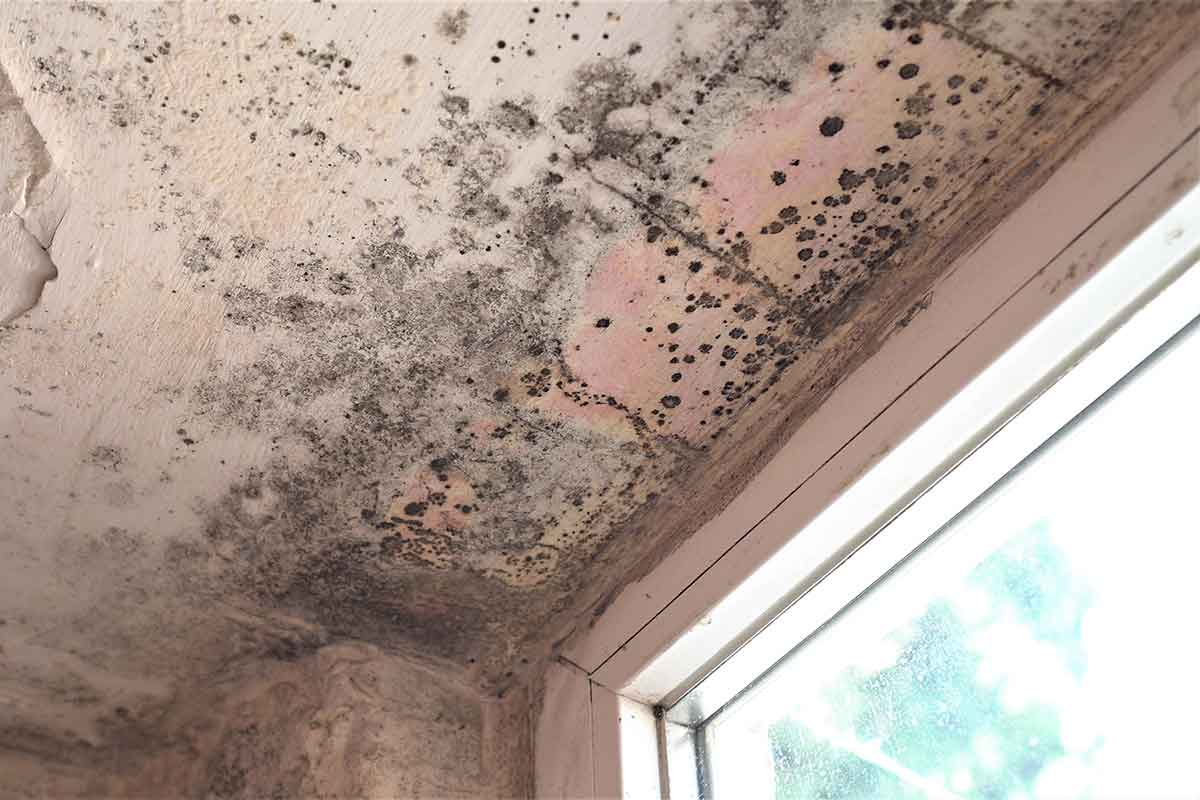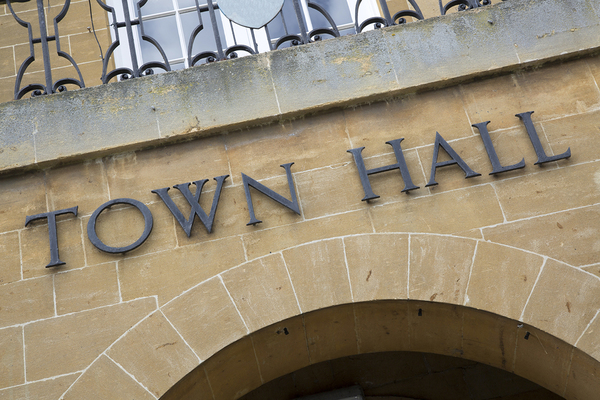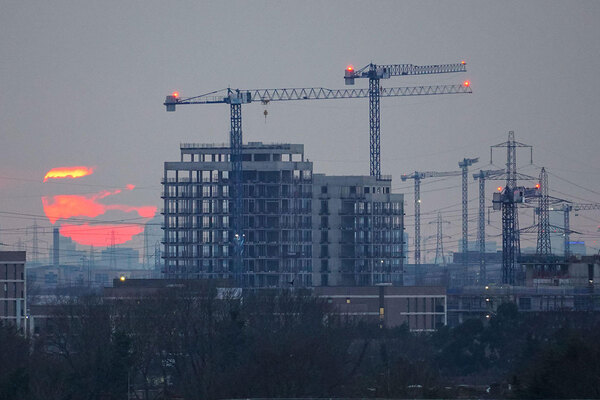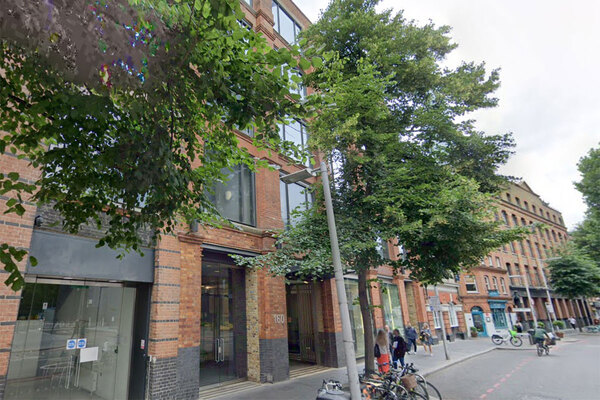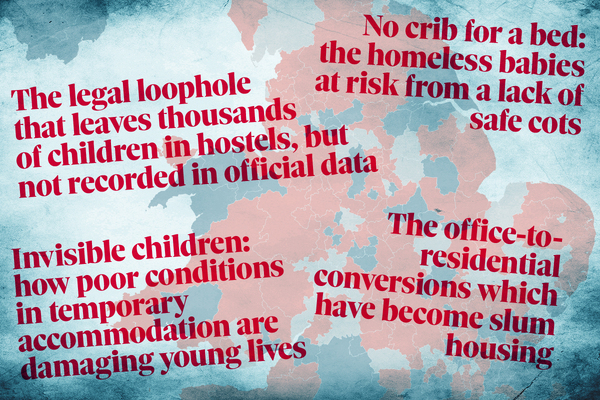Tenant to sue council after developing incurable lung disease in mouldy flat
A tenant is planning to sue Hackney Council after developing a chronic lung disease in a damp and mould-ridden flat.
The Observer newspaper, which highlighted the case, reported that 38-year-old Max developed incurable sarcoidosis in 2021, four years after the council moved him into a flat blighted by leaks, damp and black mould.
Studies have shown that the autoimmune condition could be triggered by exposure to mould and bacteria.
Max – whose symptoms include coughing blood, dry eyes and problems salivating – has called for greater punishment for landlords that fail to act on “inhumane” living conditions.
According to the article, the disease has since spread to Max’s heart. It is suspected to have affected his nervous system, “greatly increasing the risk of the condition becoming terminal”.
The report said that three doctors on three separate occasions produced letters stating that there were medical dangers to Max’s current living situation.
One said that his current home put him at “extra risk of lung complications”, while one letter was sent to the council in 2021.
The council said it has responded to a number of repair requests at Max’s home. It showed Inside Housing photographs of the flat with no visible mould after works had been carried out.
However, The Observer reported that photographs of the flat before any works were carried out show entire walls covered in black mould.
Clayeon McKenzie, Hackney’s cabinet member for housing services and resident participation, said the council is taking Max’s situation “very seriously”.
He said: “I have met with him to discuss the situation and we have tried to fix every issue with his home that he has reported to us as quickly as possible.
“This has included replacing his entire kitchen and treating and removing the damp and mould that developed as a result of a leak. This work was completed in July 2021.”
Mr McKenzie said the council carried out another survey in November of that year after Max raised further concerns.
He said the survey found that “some minor work to tackle light patches of damp and mould” was needed, but that Max’s home was “generally in a good condition”.
“We have undertaken some of this work needed including carrying out a CCTV survey of the property’s drainage system, installing a radiator in the bathroom and tackling issues, and to prevent water coming in through his living room window,” Mr McKenzie said.
“However, some still has to be completed and we have contacted [Max] and have arranged an urgent inspection next week to carry these out and check what else may be needed to treat the small area of mould in his lounge. I would like to apologise for the delay in getting these sorted.”
The case comes after the Housing Ombudsman hit Hackney Council with a finding of severe maladministration last year after it found “substantial delays” in its response to a tenant who had repeatedly complained about damp and mould.
It also comes after an inquest into two-year-old Awaab Ishak’s death found that he died as a result of prolonged exposure to mould in a Rochdale Boroughwide Housing flat.
Since, the Regulator of Social Housing and housing secretary Michael Gove have asked that housing associations and councils provide assurance on how they tackle damp and mould.
The government is also reviewing guidance for landlords on the issue.
In a letter to senior coroner Joanne Kearsley, in response to her ‘prevention of future deaths’ report following the inquest into Awaab’s death, Mr Gove said the government will launch a “rapid review” of existing guidance on the health impacts of damp and mould in homes.
Sign up for our Council Focus newsletter
Already have an account? Click here to manage your newsletters
